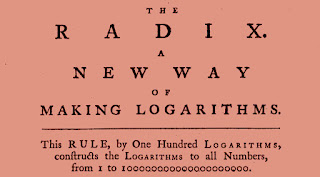 |
| Sir Isaac Newton |
A non-traditional technique
Square, cube and fifth roots can be solved on the abacus using Newton's method. It is not a traditional method, but it is very old, so much so that it is also called the Babylonian method when it comes to square roots, although there is no evidence that it was actually used by the ancient Babylonians. What does matter is its effectiveness and the fact that it is very compact on the abacus.




